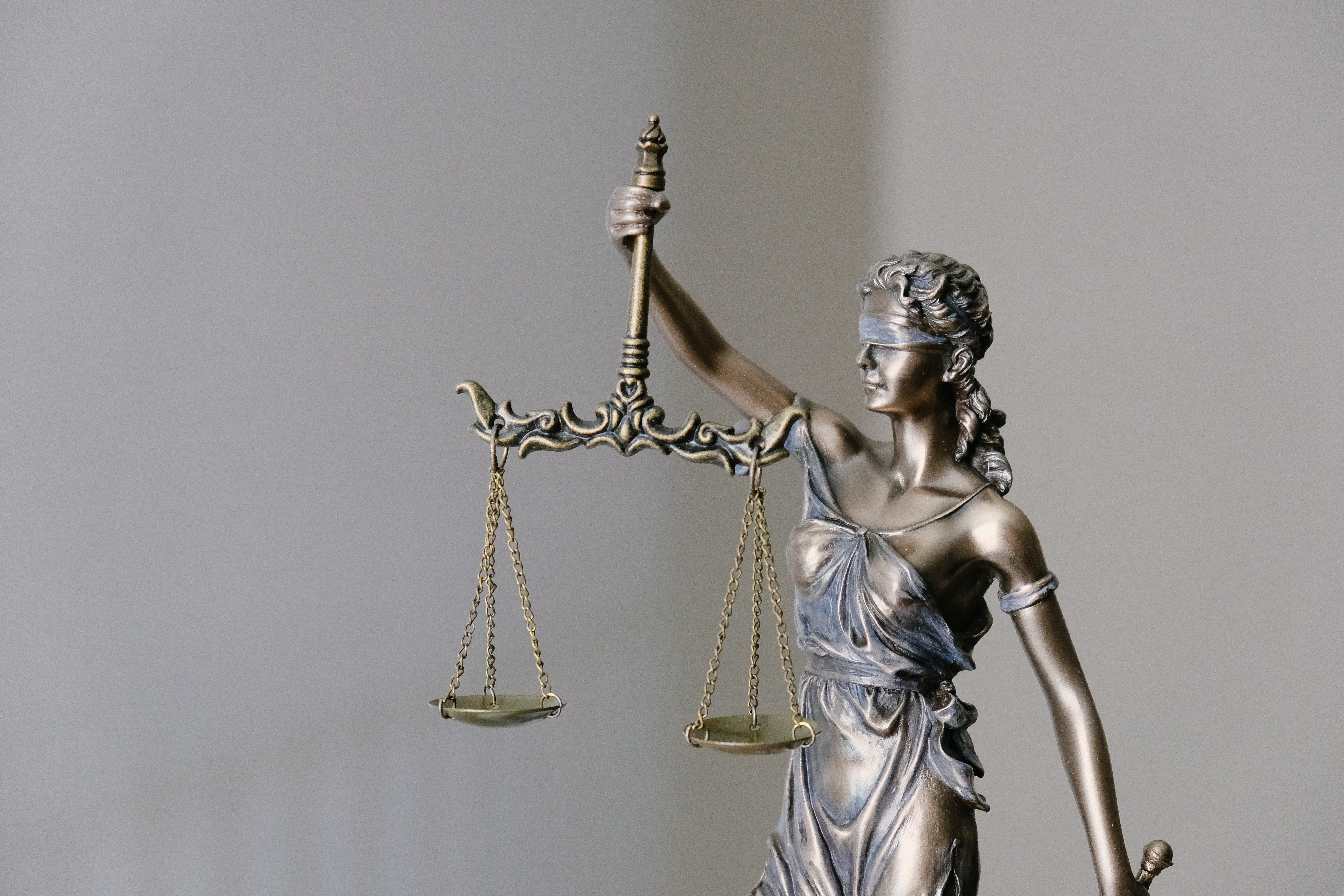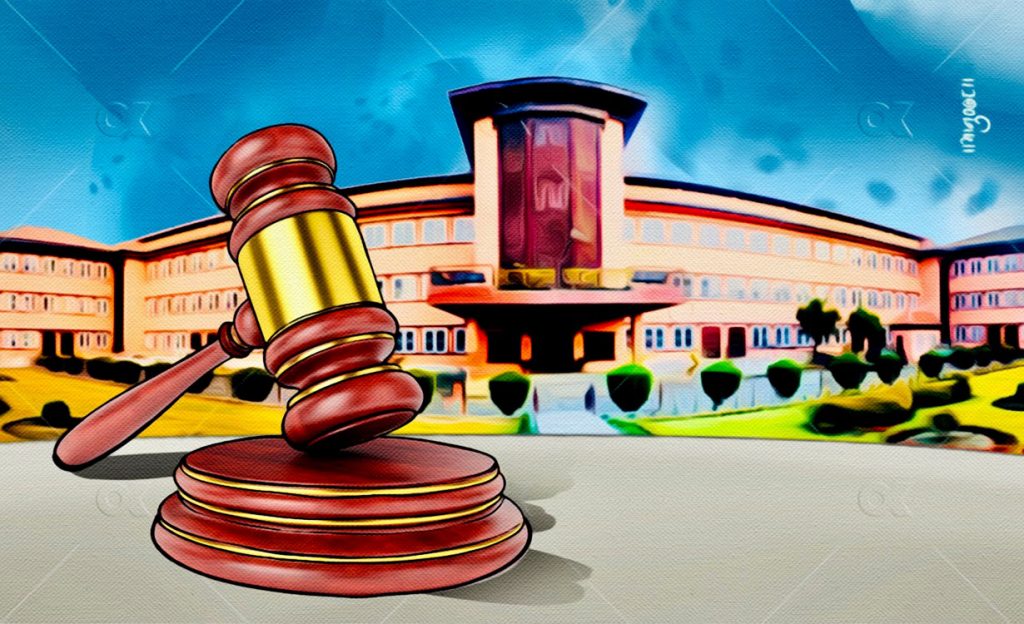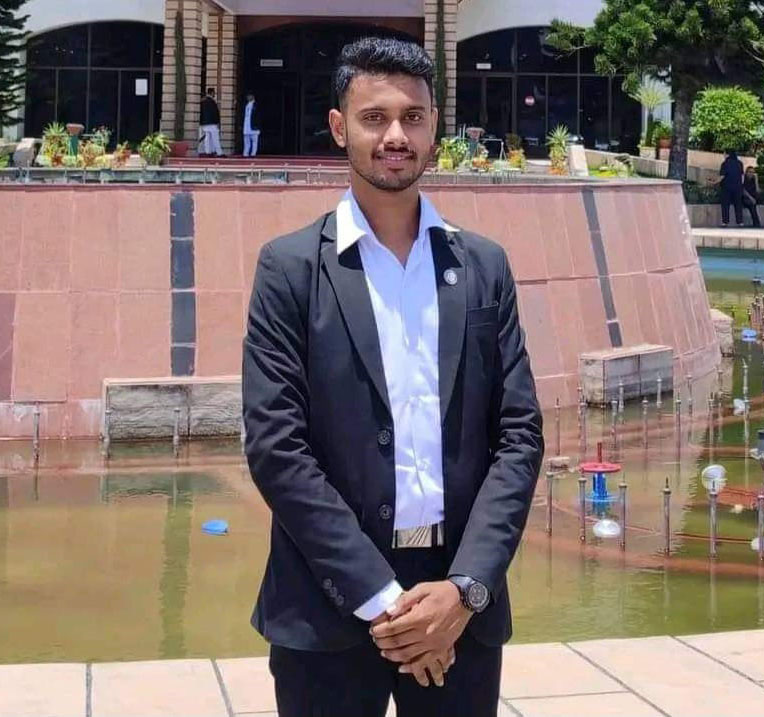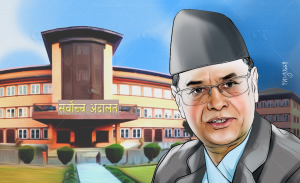
In the realm of legal jurisprudence, courts possess an inherent power that often goes untapped — the power to take suo motu cognisance. Suo motu cognisance empowers the courts to initiate action on their own, even in cases where no formal complaint or action has been taken. Suo moto and Suo motu are both correct terminology.
Suo motu is a Latin term that translates to on its own motion, while Suo moto is an anglicised version of the same term. Both terms are used in legal contexts to refer to a situation where a court or a legal authority takes the initiative to act on its own without the need for a formal request or complaint from a party.
For example, a court may take suo moto/suo motu cognisance of a matter if it deems it necessary in the interest of justice, even if no specific complaint or petition has been filed by any party.
This power allows the court to address issues that might otherwise go unnoticed or unaddressed. In the major legal system, both suo motu and suo moto are commonly used, and you may come across either spelling in legal documents, judgments, or discussions.
As such Nepal has yet to tap the potential of the court’s inherent power and its transformative capacity to address the gaps where no action has been taken.
Suo motu cognisance and its implication in Nepal

Before getting deeper into action, first, let us know what suo motu is. In the legal context, suo motu refers to the power vested in courts or authorities to independently initiate action or proceedings without the necessity of a formal request or complaint from any party.
It empowers the courts to act as the guardians of justice and address matters that might otherwise go unnoticed or unattended. Suo motu cognisance allows the court to step in when there is a gap in the system, ensuring that justice is not compromised due to procedural technicalities or lack of action by the concerned parties.
Courts may exercise suo motu cognisance in a wide range of scenarios, such as cases involving issues of societal importance, heinous offences, human rights violations, corruption scandals, or matters affecting the well-being of citizens. By taking suo motu cognisance, the courts not only bring accountability and transparency to the system but also act as a check and balance on the functioning of the executive and legislative arms of the government.
Under normal proceedings before a court, a judge’s role is to direct the proceedings and act on motions filed. When a party to a court case wants the judge to rule on an issue or make a decision regarding something pertinent to the case, he files a motion with the court.
The opposing party then has an opportunity to respond to the motion before the judge rules on it. In some cases, a judge acts suo moto/motu, meaning without one of the parties asking the judge to do so.
Matters where Suo motu can be taken in Nepal are listed below:
- Issues of significant public interest: The courts can take up cases on their own related to matters like environmental protection, human rights violations, corruption etc. that impact the society at large. Some examples are suo moto cases on pollution, bonded labour, etc.
- Enforcement of fundamental rights: If there are violations of the fundamental constitutional rights of citizens, the courts can initiate action to enforce and protect those rights. For example, issues of freedom of speech/expression, preventive detention cases, etc.
- Abuse of power by state institutions: The courts can intervene if public bodies like the government, police, etc. are abusing their authority and acting illegally/arbitrarily. For example, suo moto cases against police brutality.
- Administration of justice: The courts can take up matters relating to improving justice delivery, judicial reforms, addressing pendency of cases, etc. to ensure speedy and efficient administration of justice.
- Enforcement of court orders/judgements: If executive agencies fail to implement or violate court judgements/orders, the courts can initiate contempt proceedings and take up the matter suo moto to enforce its verdicts.
- Protection of weaker sections: Issues relating to the rights of marginalised groups like women, children, minorities, etc. can invite suo moto action for their protection and welfare. For example, cases of child abuse, trafficking, etc.
- Matters of national importance: Issues impacting public emergencies or national interests like a health epidemic, natural disasters, etc. can also lead to suo moto proceedings.
Suo moto is an inherent constitutional power of the judiciary. It arises from the principles of judicial independence and separation of powers enshrined in the Constitution. In countries where the judiciary is independent and democracy prevails, the courts can exercise suo moto jurisdiction to uphold justice and the rule of law.

Major cases of Nepal are listed below where suo motu could have taken place but the court remained silent:
- Gaur massacre: The victims submitted a memorandum to Prime Minister KP Oli and the National Human Rights Commission (NHRC) stating that they are yet to receive justice even 14 years after the incident. The memorandum, submitted by a 13-member delegation, mentions that the main accused and mastermind of the murder, the Chairperson of the Janata Samajwadi Party and former Deputy Prime Minister Upendra Yadav, has not been investigated so many years after the incident. Based on this report, the National Human Rights Commission should first initiate an investigation to determine the exact circumstances. One of the reports on the Gaur massacre states that it was a question of political ideology and doctrine, but if it was purely based on ideology, it should have been through war and killing. However, there were incidents of rape, mutilation of women’s breasts and the discovery of mass graves, indicating heavy and inhuman killing of people. Despite this, the Supreme Court has remained silent on the issue until now.
- Nirmala Pant rape case: The Nirmala Pant rape and murder case refers to the tragic incident in 2018 where a 13-year-old girl, Nirmala Pant, was raped and killed in Nepal’s Kanchanpur district. Despite national outrage and protests demanding justice, the case remains unresolved even after four years. Legal experts argue the Supreme Court could have intervened effectively through suo moto cognisance to appoint an independent investigation team and ensure justice. But it failed to do so.
The National Human Rights Commission (NHRC) of Nepal has been granted suo moto powers in the limited sense of independently initiating inquiries and investigations into cases of human rights violations.
Specifically, the key aspects of NHRC’s suo moto powers are:
- It can take up cases for investigation suo moto, without waiting for a complaint to be filed. This allows proactive intervention.
- It can investigate through means like summoning concerned parties, visiting sites, accessing documents etc. without requiring court orders.
- This allows NHRC to highlight human rights issues that may not even reach the courts.
- Based on its findings, it can recommend actions to the government – like compensation to victims, proceedings against perpetrators etc.
However, there are restrictions on NHRC’s suo moto powers:
- Its recommendations are not legally enforceable by the government.
- It cannot pass binding judgements or impose penalties.
- The actual prosecution still depends on police and public prosecutors.
- It does not have some investigative powers that courts have like contempt proceedings.
Therefore. NHRC’s suo moto power is limited to conducting its own investigations into rights violations and making recommendations. Unlike courts, it cannot enforce verdicts, frame charges or impose punishments. Its role is promotional and advisory in the protection of human rights within its limitations.



















